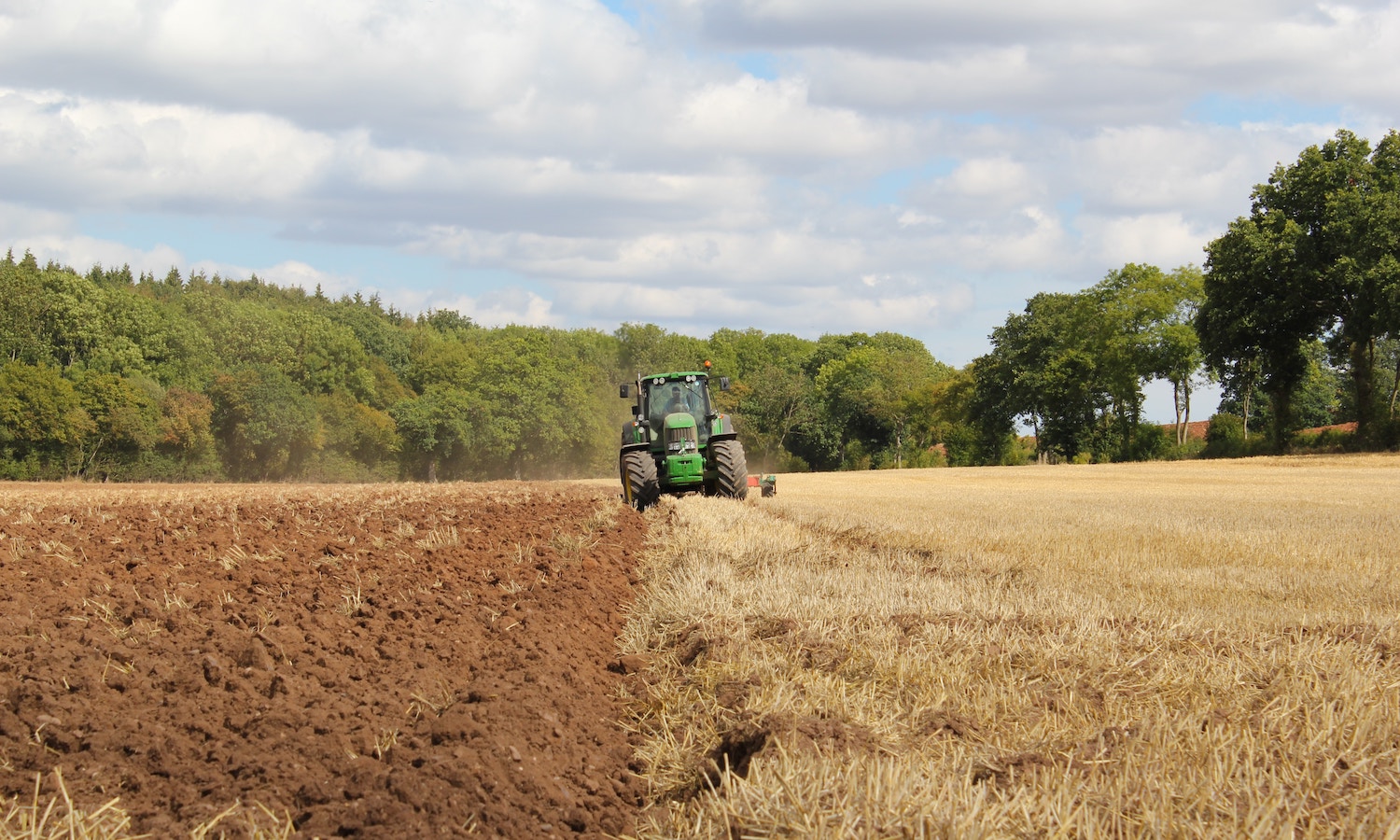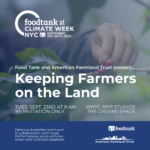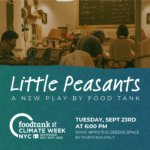A version of this piece was featured in Food Tank’s newsletter, released weekly on Thursdays. To make sure it lands straight in your inbox and to be among the first to receive it, subscribe now by clicking here.
I’ll be honest: Every time I think about the Farm Bill, I get more frustrated.
I know I’ve written to you before about how important it is—and how little-understood it is. The Farm Bill, which is rewritten and renewed every five years, governs agricultural and food programs in the United States, but its impacts are global. Everything from commodity crop programs and crop insurance to rural development and nutrition programs are included.
And it’s falling short, to put it mildly. The Farm Bill preferences large farms over small-scale or regenerative or organic farms. It incentivizes monocultures and certain commodities while dismissing fruits and vegetables—foods we should be eating more of!—as “specialty.” And it undermines the health of humans and the environment, as Congressmember Earl Blumenauer and I wrote to you earlier this year.
So yes, it can be frustrating. But when I learn more about the ins and outs of the Farm Bill, I feel a surge of optimism and empowerment. When we’re armed with knowledge, we can make change.
Fortunately, we’re seeing more momentum behind the movement to reimagine a better form of food legislation. Rep. Blumenauer’s Food and Farm Act, for example, envisions a much-needed Food Bill of Rights. Veronica Mazariegos-Anastassiou, a young farmer at Brisa Ranch in California, told Food Tank she wants to see the Farm Bill embrace the ways farming and conservation work can complement one another, rather than treating environmental protection as separate.
As we work toward transformational changes in our country’s food policy, we also need to make sure existing legislation prioritizes what matters: Sustainability, justice, the health of both people and planet. The Farm Bill’s priorities have gotten off-track—and the legislation has become almost too dense for most of us to even know where to start tackling it.
It’s truly enormous. The most recent Farm Bill, passed in 2018, clocked in at 530 pages.
Fortunately, when I want a refresher course on the Farm Bill, I know just who to call. During a free virtual event (register HERE) onWednesday, June 7, at 1:00pm ET, we’re bringing together some of the most knowledgeable experts in food policy to help us all better understand the 2023 Farm Bill—and how we can make sure food policy reflects our priorities.
Speakers include: Marion Nestle, author, nutritionist, and Professor Emerita at NYU; Kathleen Merrigan, former U.S. Deputy Secretary of Agriculture and current Executive Director of the Swette Center for Sustainable Food Systems at Arizona State University; Ben Thomas, Senior Policy Director of Agriculture at the Environmental Defense Fund; Jennifer Otten, Associate Professor in the Department of Environmental and Occupational Health Science at the University of Washington; Adrian Lipscombe, Founder of the 40 Acres Project.
I’m so excited to have such amazing experts taking us on this journey through this complicated piece of legislation, and I hope you’ll learn alongside us. You can register HERE.
Speaking of food-related policies, I’ve also been watching the U.S. debt ceiling talks with concern for the Supplemental Nutrition Assistance Program (SNAP). A deal reached in Congress this week could potentially boost SNAP access for veterans and homeless people—but it would also expand work requirements for other adults, which jeopardizes benefits for thousands of people in need.
Currently, SNAP recipients 49 and younger, and classified as able-bodied and without children, must meet work requirements to receive benefits long-term. The new proposal would raise that age to 54; if folks aren’t able to meet the requirement, their benefits expire quickly.
“The expansion of cruel, harsh, and arbitrary time limits on SNAP for older unemployed and underemployed adults struggling in the labor market will only deepen hunger and poverty,” said Luis Guardia, President of the Food Research and Action Center (FRAC).
This, too, is linked to the Farm Bill. A significant majority of the Farm Bill’s spending—about 80 percent—is devoted to nutrition assistance, including SNAP. Strengthening anti-hunger initiatives and creating a better Farm Bill go together.
And as a Food Tanker, you can guide our discussion with Farm Bill experts: Share your questions with me at danielle@foodtank.com, and we’ll talk about them Wednesday.
Articles like the one you just read are made possible through the generosity of Food Tank members. Can we please count on you to be part of our growing movement? Become a member today by clicking here.
Photo courtesy of Richard Bell, Unsplash














